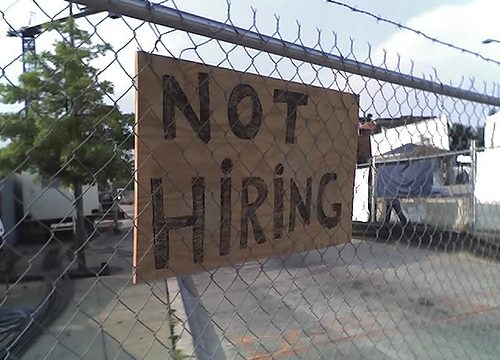Despite Job Growth And Lower Unemployment Rate, Record 92.6 Million Not In Work Force

Since it’s an election year, and Democrats are desperate for good news to help them hold onto the Senate, there’s a lot of celebration going on about the jobs report today. The economy added 248,000 new jobs, and the unemployment rate dropped to 5.9 percent.
But here’s the thing: We still have a problem with the number of people who aren’t in the labor force. While the economy may have a quarter million new jobs, some 315,000 workers left the work force:
By way of rebutting those claims of economic recovery, check out this chart comparing the civilian labor force to the overall population. We are still nowhere near the level of workers as a proportion of the population as we were prior to the 2008/2009 economic collapse:
The response I often hear from the left when these facets of our economic picture are brought up is an argument about how great it is that fewer people have to work to survive.
That seems like a childish argument, especially given that we’ve charted a course with our national finances that requires more worker participation. Every person not in the labor force is a person who isn’t paying payroll taxes to support programs like Medicare, Medicaid, and Social Security which combined make up more than 70 percent of the federal budget.
Regardless of you’re feelings about those programs, they exist in our national budget now. How are we going to support them with fewer people working?






